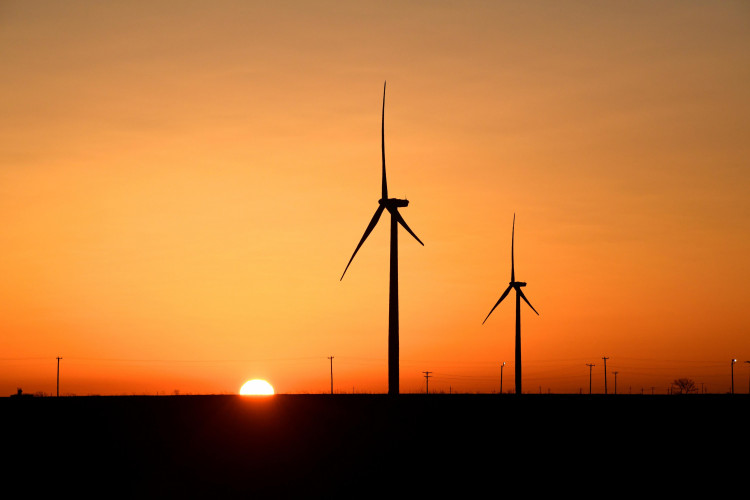A very important discovery off the northeastern waters of South America was all it took for Apache Corporation and its partner to prove to their detractors that they know the business better than anyone would think.
The discovery - a hotly anticipated oil target - had investors fearing would be another major blundering for the American energy company.
The latest information on Suriname's Maka Central-1 well provides a positive course for Apache, which had fallen out of favor with investors after the company's Alpine High project in West Texas' Permian Basin, ended up being richer in natural gas than oil.
Apache stocks climbed 27 percent in New York, the biggest rally in at least 40 years, after the oil discovery was made public late Tuesday by the Houston-based explorer and new partner, Total SA.
Initial figures show the potential for "prolific oil wells in the area", said Apache Chief Executive John Christmann in a statement, with seismic images indicating "a substantial resource."
Analysts note that Suriname's success could be a game-changer for a company that has been lagging behind since its last key discovery, Alpine High, fell short of projections in the midst of dismal Permian natural gas prices.
On the Suriname news, the cost of securing Apache's credit from default dropped and the rates for the company's bonds rose.
The findings alleviate jitters that the fate of Suriname's Apache System will reverberate that of Alpine High, a project in the Permian's less-drilled spot that the company revealed in 2016, and one that elicited so much hype.
Worries surrounding Suriname hit a fever pitch in 2019 after the sudden exit of the company's head of exploration, a change that rocked the company's stocks even as Apache maintained that it was unrelated to the Maka Central-1 issue.
A month and a half later, Apache posted a vague update on Suriname that spoke to investors who thought the company continued to drill because it had been unsuccessful in its initial undertakings.
In the final weeks of 2019, Apache disclosed its 50-50 joint venture with Total for Suriname's Block 58, days after the start of commercial production in Guyanese waters by Exxon Mobil Corp. and Hess Corp.
The Guyana-Suriname basin along South America's northern coast is emerging as the hottest discovery of the oil industry, with investors cooling on U.S. shale and increasing demand for fresh offshore discoveries.
Apache did not calculate its estimates as to how much Suriname's activities could churn out, while analysts at Credit Suisse AG said investors are expecting a gross oil resource of 1,45 billion to 1,78 billion barrels.






